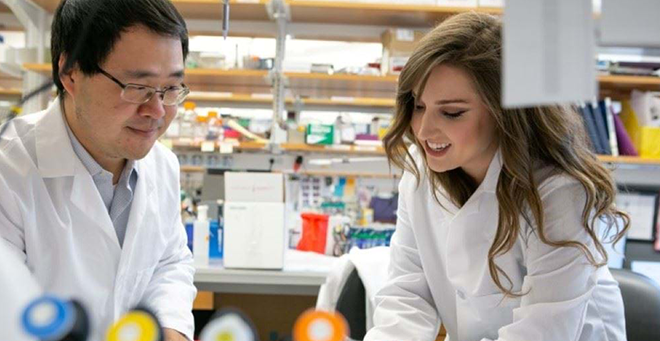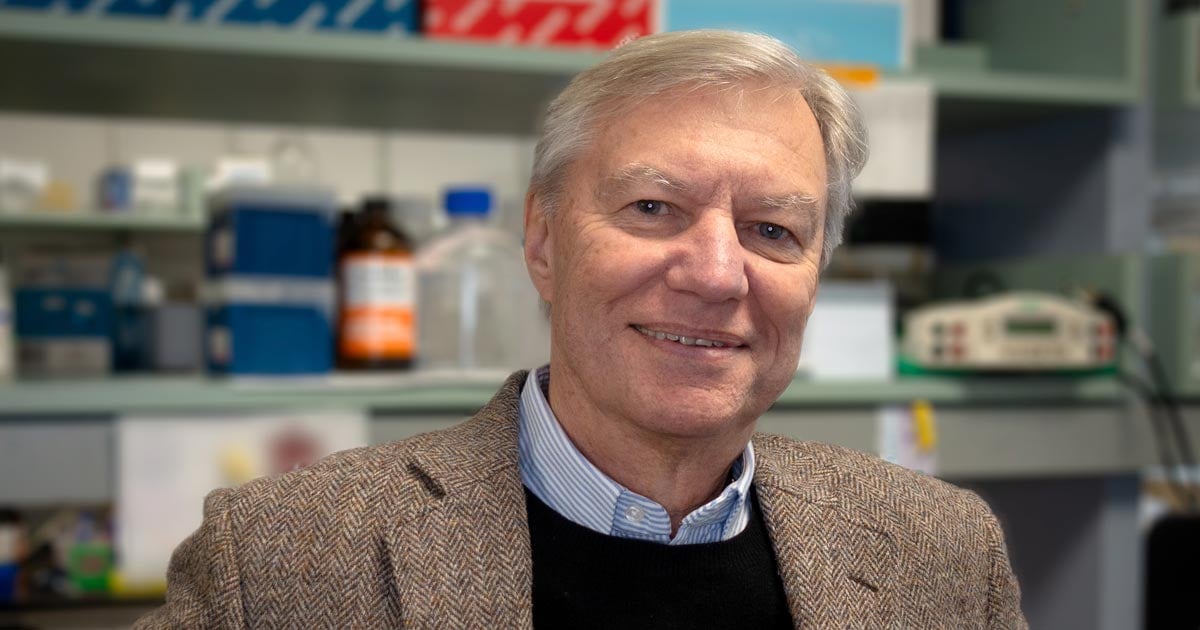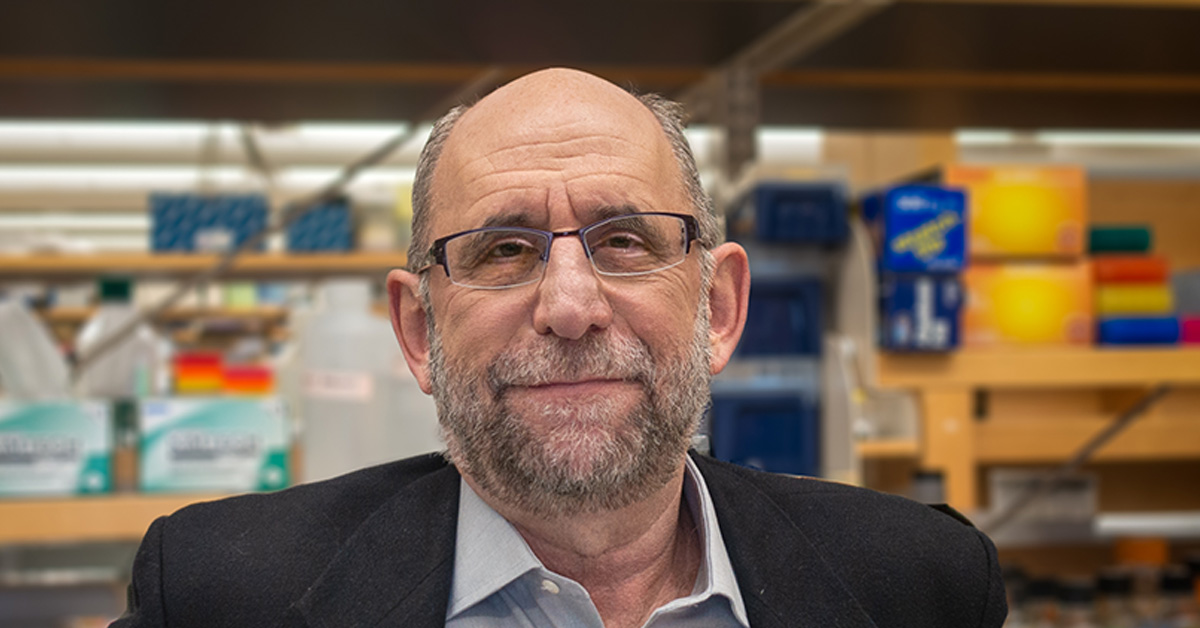Liver Cancer
The liver is made up mainly of cells called hepatocytes, as well as cells that line small tubes in the liver called bile ducts, which carry bile (a fluid that aids in food digestion) from the liver to the gallbladder or directly to the intestines. Cells in the liver carry out critical functions involved in metabolism, detoxification, and synthesis of proteins. When these cells form malignant (cancerous) tumors in the liver, the cancer is referred to as primary liver cancer.
The most common type of primary liver cancer is hepatocellular carcinoma (HCC), accounting for approximately 90% of all primary liver cancers. It is most often seen in patients with cirrhosis—a condition where the liver becomes scarred and permanently damaged—which can result from hepatitis B or C infection, excessive alcohol use, autoimmune diseases of the liver, chronic liver inflammation, and certain inherited metabolic diseases such as hemochromatosis.
When malignant tumors initially develop in another part of the body and then spread to the liver, the cancer is referred to as secondary liver cancer (or metastatic liver cancer). Most liver metastases begin as colorectal cancer, in part because the blood supply from the intestines is linked directly to the liver.
Risk Factors
The most common risk factor for liver cancer is cirrhosis of the liver, a condition in which the liver cells become damaged and are replaced by scar tissue. Cirrhosis is most commonly caused by chronic infection with hepatitis B or C virus. In addition, other factors may increase the risk of developing liver cancer, including certain liver conditions (such as nonalcoholic fatty liver disease and primary biliary cirrhosis) and metabolic diseases, exposure to certain chemicals, excessive intake of male hormones or anabolic steroids, and lifestyle factors, such as excessive alcohol consumption, smoking tobacco, and being overweight.
Prevention
Preventative strategies for liver cancer include maintaining a healthy diet with limited alcohol consumption, not smoking, maintaining a healthy body weight, and avoiding infection with the hepatitis B and C viruses. A vaccine for hepatitis B is available, as are screening tests for both hepatitis B and C infections. Some individuals with chronic hepatitis B infection may be candidates for antiviral therapy, which can slow the progression of liver disease and decrease the risk of developing liver cancer.
In the News
-

MD/PhD-student-led research finds potential new gene target for pediatric liver cancer
Read more -

Physician-scientist retreat highlights MD/PhD student achievement at UMass Medical School
Read more


















